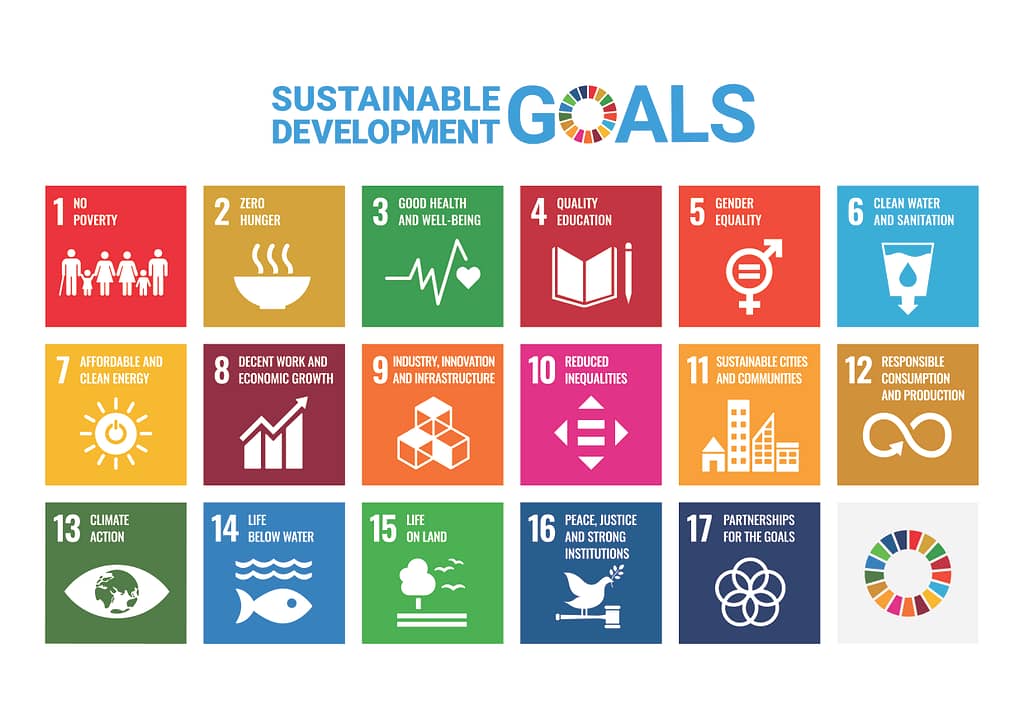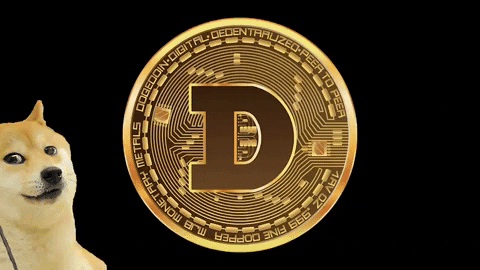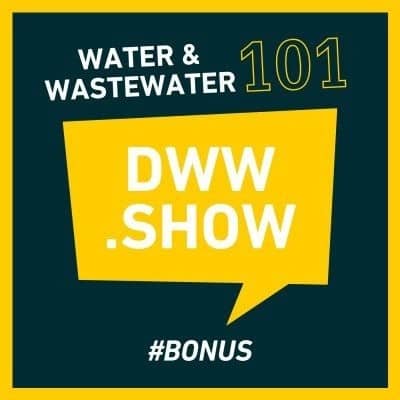The United Nations adopted its Sustainable Development Goals and 2030 Agenda in 2015. Since then, the Water Industry intensively focuses on the SDG6: Ensure availability and sustainable management of water and sanitation for all. Yet, we’re often missing a critical aspect of that story: the SDGs are a critical and unique business opportunity.
This is part of my deep dive into the 6 Decisive Things you shall know about the UN SDG 6
Table of contents
What do we usually hear about the UN SDG6?
2.2 Billion People lack safely managed drinking water.
4.2 Billion lack safely managed sanitation.
Those are facts. But shouldn’t we stop with just reciting this, and rather look beyond to walk the talk?
Meeting the United Nations Sustainable Development Goal number 6 will take more than goodwill and nice sentences. So… Let’s deconstruct the argumentation we heard in this introduction.
What are the UN Sustainable Development Goals?
These billions of people lacking access to drinking water and sanitation are real and daunting figures, grouped and summarized in the United Nation’s Sustainable Development Goal number 6 (SDG6), “Ensure availability and sustainable management of water and sanitation for all.”
In total, the United Nations have defined 17 Goals subdivided into 169 targets that shall be achieved by 2030 to make this world a better place.

Now when I frame it this way, what are you thinking? Well, it’s probably a charity. At best, you’re looking for a donation link.
I honestly tell you this, because it was my own impression the first time I heard of it; tell me in the comments if it was any different for you!
Then, I read Alice Schmidt and Claudia Winkler’s book “the Sustainability Puzzle,” and I came across an incredible figure.
Achieving the UN SDGs is not a Charity!
I think it was the United nations publishing it, and it says like the business opportunity fulfilling the 17 sustainable development goals is $12 trillion.
Claudia Winkler – Co-Author of the “Sustainability Puzzle” book
12 trillion dollars per year from 2030 on. By achieving only some of the UN SDGs. Now we’re not talking of a charity anymore: we’re talking of 10% of the World’s Economy!
So I investigated a bit further and read the UN Business and Sustainable Development Commission’s “Valuing the SDG Price”.
How to create 380 million jobs
The report highlights how reaching 60 of the 169 targets will create 380 million jobs, of which 90% will be in developing countries.
By the way, we would not only create 12 trillion dollars of value for the private sector but also address armed conflicts, obesity, and climate change, which additionally impacts about one-third of the global economy. Not bad!
Let’s zoom in on two of these 60 opportunities to better understand what it is all about.
Two Water Opportunities embedded in SDG6
I could have picked “affordable housing” or “car sharing” but there’s a tiny little problem: I don’t know anything about that. So let’s take water examples!
SDG6 Opportunity 1: Fixing municipal water leakages.
Most of the water lines in the world leak, some more, others less. And I’m only saying “Most” and not “All” because countries like Singapore exist.
Germany has a leakage rate of about 5 percent, the UK 25 percent, Taiwan and the US about 30%, and cities like New Delhi close to 50%.
Thus, the McKinsey Global Institute estimates that between 100 and 120 billion cubic meters of water could be saved annually by 2030 by reducing leaks in the main water lines.
At an estimated average of 0.90 $ per cubic meter, that’s a yearly saving – and hence an added value of 100 to 110 billion dollars for the world economy. And this, regardless of the positive impact it has on water scarcity.
SDG6 Opportunity 2: Water and Sanitation infrastructure.
Increasing urbanization has created additional pressures on already lacking water and sanitation infrastructure, especially in the developing world.
Worldwide, 830 million people live in slums or informal settlements scattered around cities.
But what would happen if we provided water and sanitation for all? Well, we would drastically reduce waterborne diseases, such as cholera and salmonellosis.
We would also decrease malnutrition and many respiratory-based infections, like malaria.
The Value of Health
And what happens if you improve the overall health? Well first, you spend less on healthcare, then you reduce mortality, and finally, you gain productivity as fewer people are too sick to work.
Talking of productivity, when people have water at their tap, they also reduce their round-trip needs to the nearest water source, gaining them another 20 to 60 minutes per day.
If you sum up all of these wins, you’re creating a 228 billion dollars business opportunity, as calculated by the Copenhagen Consensus Center in 2015.
What are the investments needed to reap the SDG6 benefits?
But what would it take to reap those 228 billion dollars a year of benefits? According to that same study, 58 billion dollars. So, a return on investment of about 4 to 1.
For leakage reduction, the McKinsey Global Institute estimates the Return on Investment to be over 20% a year.
But take care because here comes a major paradox.
Many of these benefits may well never be reaped. Because the water utilities don’t have enough capital to invest at that scale and the private sector – whether private companies or banks – doesn’t want to finance these structural transformations.
Financing the UN Sustainable Development Goals
Why? Which financial investment guarantees you a 20% yield or a 4-to-1 outlook?

I’d see two reasons. First, there’s something that disrupts a bit the theoretical models we’ve just unveiled, and it’s the negative externalities.
If we take only food, fossil fuels, and even more relevant for our examples, water, the world spends about 1 trillion dollars a year to subsidize those basic resources.
That means, that for the better and the worst there is a price distortion on these fundamental bricks of most of our economy.
Factoring in the Negative Externalities
Take agriculture, which uses about 70% of the world’s water. From a raw business perspective, it provides a pretty low return on investment of about 5%.
This means that the incentive to invest in modernizing agriculture is quite low. And it’s a pity because if the world was to generalize sprinklers and drip irrigation, studies show that we could increase crop yields by 15% and reduce water consumption by 20 to 60%.
That single action would already fill 15% of the world’s gap in available water by 2030.
But to finance the investment in sprinklers and drip irrigation systems, you have to look at the overall picture, not just the raw business perspective.
When you do so, you now also factor in water subsidies, sinking the return on investment from 5% to -10%.
The incentive to act on SDG6 is too low
Said differently, as agricultural uses don’t pay water at its real price, but at a subsidized one, it would be a pure cost to them to become more efficient.
So the incentive is negative, which is what we call a negative externality.
That same effect comes into play in our opportunities around leakage reduction or water and sanitation infrastructure development. Whenever subsidies disconnect water from its real societal price, it disrupts the sustainable equation.
I don’t want to bore everyone out here, so if you’d like me to explore further the question of the right price of water, please come tell me in the comments!
The second reason, the private sector is reluctant to invest in water in particular and sustainable development, in general, is partly a consequence of the latter.
Water is seen as a Spending Sector
A 2017 World Bank and UNICEF study showed that only 15% of utilities match their operational expenditures or generate a cash excess. Which also means that 85% only reach break even – when they do – thanks to subsidies.
This taints the full Water Sector, as a Spending Sector. Private operators will expect a long-term return on investment at the very best but at the cost of high perceived risk.
The thing is, that private funds have restricted their exposure to such investments since the 2008 financial crisis. And in a world market full of short-term, high-return opportunities in which private banks can invest, the water sector is at best an afterthought.
That builds for a devil’s circle where the Water and Sanitation Sector needs to invest 114 billion dollars a year but does not get access to money, as its results today are impacted by a range of negative externalities.
Shall we give-up on the SDG6 (Spoiler: NO!)
So is everything lost? Shall we strikethrough the UN Sustainable Development Goal number 6? Of course no!
How do we solve this? How do we find the needed money today, to reap the benefits tomorrow?
Well, there’s a range of solutions.
For instance, in a research paper published on Water Alternatives, David McDonald, Thomas Marois, and Susan Spronk show how Public Banks shall be a suitable alternative to private funds.
After All, Public Banks were already essential to the 19th and 20th-century infrastructure development; why not use them again in the 21st?.
Can Public Banks help to finance the Sustainable Development Goal n°6?
Today, there are 910 of them, representing 17% of Global Banking Resources. If that number is down from the 40% it used to be, Public Banks recently saw a revival, with 30% being created since 2000.
Now, public banks don’t have to do all the heavy lifting alone. The World Bank identified “blended finance” as a way to leverage state funds and development grants to mobilize private capital.
That again can take many shapes, from equipment suppliers delivering their goods as a service to microfinance institutions or capital markets.

(I have some Ideas!)
Conclusion
But to conclude today, I’d like to underline again, that we have to walk the talk and go beyond the statistics that can be found in the UN SDG 6 official infographic.
Yes, billions of people are at stake when it comes to Water and Sanitation access worldwide.
Yes, Water Scarcity is a major challenge for the Water Industry and Humanity.
But there’s as well an incredible sustainable growth opportunity worldwide if we make the right moves today!
“Wir Schaffen Das!”
Suppose we, water professionals, don’t build the business case and the narrative around our solutions. How can we take the finance people, the political decision-makers, and the general population with us?
It’s our duty, and it’s a fascinating one.
If you’d like to dig a bit further into this matter, don’t miss our next “Time for Wastewater” talk show with my partner in crime, Björn Otto. And please remind him that I’m right, and he’s wrong.
See you soon!

